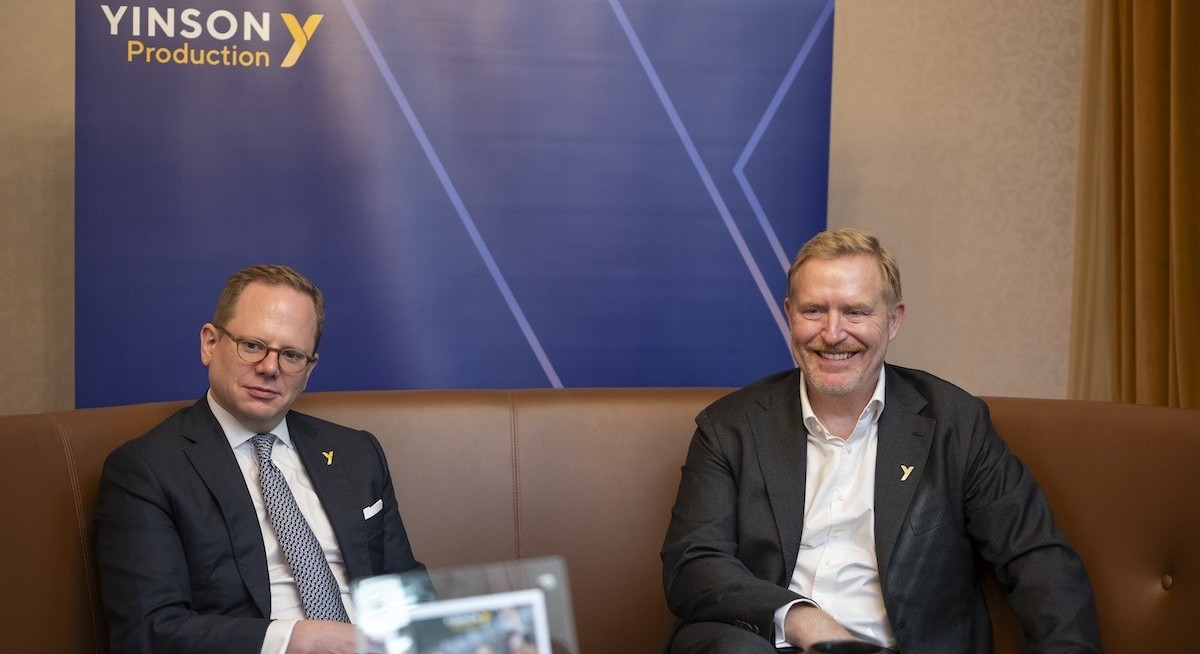Singapore-based floater specialist Yinson Production is expanding into Namibia and progressing plans for a carbon capture and storage (CCS) project in Norway, with a potential IPO on the table in the medium term.
The offshore production unit of Malaysia’s Yinson Holdings is positioning itself for long-term growth with over US$19.9 billion in contracted revenue backlog through to 2050. Its CEO, Flemming Grønnegaard, confirms the company is eyeing final investment decision (FID) on its flagship Stella Maris CCS project next year, with a commercial start-up expected in 2030. “We are taking active steps to be part of the solution,” says Grønnegaard. “This will be a strong new business line.”
The CCS project, which is being developed in partnership with Harbour Energy, aims to deliver full offshore carbon capture and permanent storage. Yinson’s CFO Markus Wenker describes it as the “only realistic way of getting to net zero”. He adds: “We won't splash a billion dollars on a unit without long-term cash flow visibility.”
To prepare for new project demand, Yinson will open a local office in Namibia by January and launch a cadet training programme, as the country edges closer to first oil. “Namibia is maturing as we speak,” says Grønnegaard. “We expect production before 2030, with FPSO contracts placed by 2027.”
Yinson is currently evaluating 20 potential projects across its core markets of Brazil, West Africa and Southeast Asia. It expects new awards within 12 to 18 months. “It’s not secure until the ink is dry,” says Grønnegaard. “But we’re quite well positioned in nearly all markets.”
The firm is also building flexibility into its fleet. A newly acquired VLCC has yet to be assigned to a project but is part of Yinson’s strategy to accelerate delivery once contracts are signed. “It’s about being ahead of the curve,” says Grønnegaard. “We’ve done the engineering. We can move quickly.”
See also: Maersk wind energy unit terminates US$475 mil contract with Seatrium
On project delivery, Yinson is doubling down on its lease-and-operate model. “We don’t just build FPSOs – we provide highly reliable and cost-efficient FPSOs as a service,” Grønnegaard says. He points to a 99.5% uptime rate across its assets and highlights the Agogo FPSO, delivered four months ahead of schedule, as a benchmark.
This operational record is key to Yinson’s pitch to financiers. “The consistency and reliability of our project execution and operations create value for our clients,” Grønnegaard says. “And it underpins the strong demand and growth momentum we see.”
CFO Wenker notes that Yinson has refinanced around US$2.8 billion in bank debt, giving it room to grow. “We’ve freed up bank exposure limits and created new lending capacity,” he says.
See also: Marco Polo Marine adds two new anchor handling tug supply vessels to its fleet
Project bonds are also in the pipeline, with plans to return to the market in 2026 for the refinancing of FPSOs Agogo and Atlanta. Wenker says this will “further strengthen and diversify FPSO project bonds as an emerging asset class”.
Yinson is also weighing an initial public offering within the next five years, once the current capex cycle is complete. “An IPO is one of the options,” Wenker says. “But it will depend on market sentiment and the valuation we can command.”
Yinson has nine operating FPSOs and two under construction. It reported US$608 million in enterprise revenue, US$402 million in adjusted EBITDA and holds US$1.7 billion in equity. With a strategic focus on reducing emissions through onboard electrification, closed flare systems and carbon capture, the firm is targeting a net-zero-ready FPSO fleet.
“We are not just oil and gas,” says Grønnegaard. “We are building the next generation of offshore infrastructure.”




